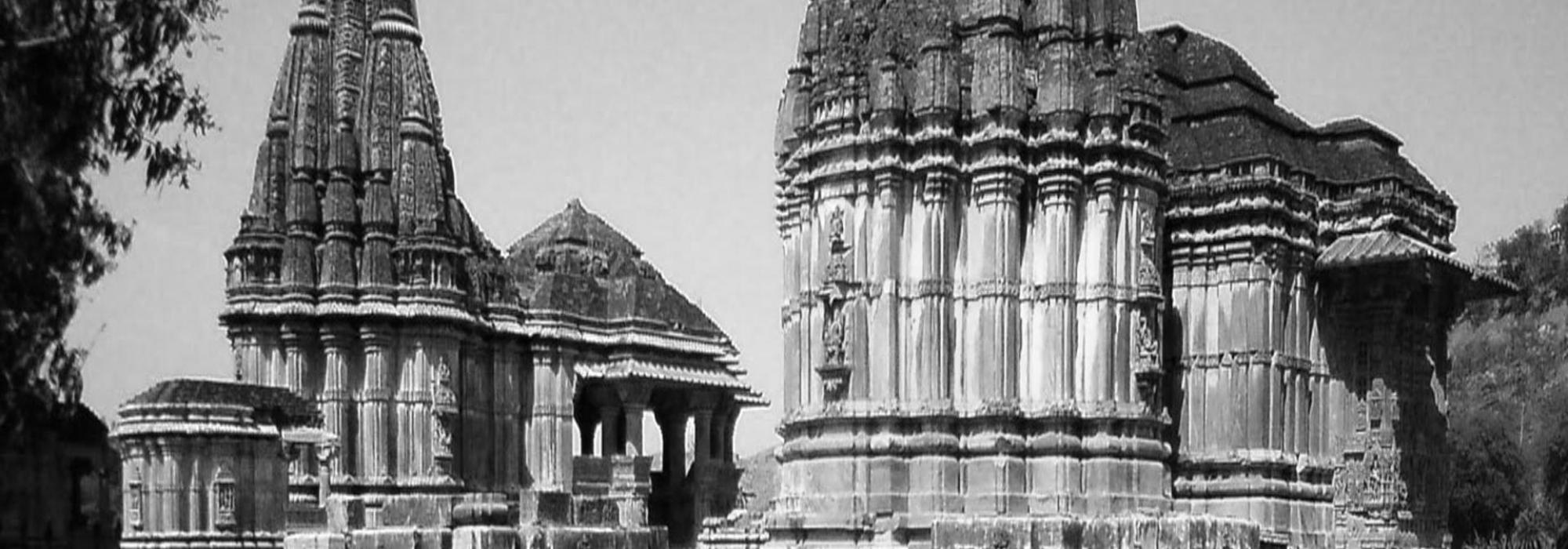Some historians have expressed a doubt that Maharana Pratap Simha wrote a letter of surrender in his last days. However, this has not been established conclusively. All his life, he lived, fought and died for the sole cause of wresting Chittorgarh back. His son Rana Amar Simha also continued his father’s fight.
Maharana Pratap’s valour was boundless. His name blazes brightly in the annals of warriors.
The term “Rana” means “Raja,” derived from the Sanskrit word, “Rajna.” The kings of Mewar had submitted their dominions to their Kuladevata or family deity, Ekalingaswamy and merely ruled as regents and representatives of this Deity. This is the reason they did not apply the honorific, “Raja” to their names and adopted “Rana” instead.
Some folks say that Maharana Pratap Simha was obstinate. However, Akbar committed a major crime. In his raid against Maharana Pratap’s father Udaya Simha, meant to seize Chittorgarh, Akbar exhibited extraordinary barbarism. He needlessly burnt entire cities and towns and villages and smashed forts and bastions to pieces. He slaughtered thirty thousand innocent citizens, had their heads chopped off and built a tower using those dead heads! According to some records, when the sacred threads of the slaughtered people was weighed, it amounted to a few kilograms.
Small wonder then that Pratap Simha was furious at this. Here is what historians say:
The genocide of 30,000 innocent people by Akbar after vanquished Chittod had made Pratap and his subjects so much bitter that he could never think of having some kind of pact with Mughals. Akbar had treated his Rajput subordinates with honour. Although there are a few examples contrary to this in contemporary works such as “Dalpath Vilas.”
The worth and effectiveness of his policies are proved by the success Prathap accomplished. Akbar could not take anything from him, even after his long twelve years of efforts. Prathap had left behind almost the same territory to his son, which he had got from his father. Had Prathap sacrificed his life, Amarsingh would have got an insignificant seat in Akbar’s court. Later incidents automatically absorbed Prathap of all his changes.
Rana Pratap lived for a mere fifty-seven years. He preserved and maintained the Mewad territory that he inherited from his father; not only that, he significantly expanded his dominions. He also occupied strategic points. He prevented Akbar from carrying out any commercial activity from such international trading hubs as Surat. He earned the respect and love of his people. He also garnered the unstinted support of all groups of people including the Bhils.
However, our school and college textbooks present the portrait of Maharana Pratap as a disappointed leader, as a mentally-weak and defeated hero. The litterateurs of his time have written numerous stories in a poetic fashion. “In the dense jungles of the Aravali, when Rana Pratap’s young daughter wailed due to hunger, his wife made her Rotis from wild millets. But just as she was about to eat the Rotis, a cat snatched it away from her. Unable to bear his daughter’s suffering, Rana Pratap wrote a letter of conciliation to Akbar.” There are several such concocted stories. However, there is absolutely no record of Rana Pratap writing any such letter to Akbar. On the contrary, Prithviraja Simha, a contemporary of Pratap Simha categorically stated that this proud and courageous warrior would never indulge in such a cowardly act.
It is not in good taste to hold a lens to minor weaknesses that are simply fleeting in nature. But although Pratap Simha had been defeated (at Haldighat), he had actually emerged victorious. He succeeded in progressively weakening the enemy. He strengthened the economy thereby giving power to the people. When we consider all these in totality, it is clear that Pratap Simha’s ideal of victory is a practical ideal, a muscular ideal, and an ideal both of life and living. His was not an ideal of defeat or despondency.
Rana Pratap preserved and maintained a prosperous kingdom. Only three forts including Chittorgarh remained out of his grasp. Till the very end, all Rajputs held him in enormous respect.
To be continued

















































